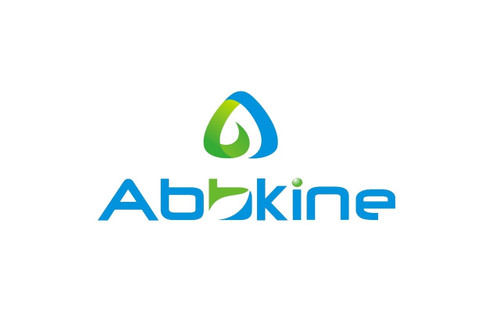Product Description
Human PDZ and LIM domain protein 1 (PDLIM1) ELISA Kit | AE28161HU | Abebio
Species Reactivity: Human (Homo sapiens)
Abbreviation: PDLIM1
Alternative Name: CLIM1; CLP-36; CLP36; hCLIM1; carboxy terminal LIM domain protein 1|carboxyl terminal LIM domain protein 1|elfin|enigma
Application: ELISA
Range: 0.156-10 ng/mL
Sensitivity: 0.061 ng/mL
Intra-Assay: ≤6.3%
Inter-Assay: ≤9.8%
Recovery: 1, 07
Sample Type: Serum, Plasma, Other biological fluids
Detection Method: Sandwich
Analysis Method : Quantitive
Test Principale: This assay employs a two-site sandwich ELISA to quantitate PDLIM1 in samples. An antibody specific for PDLIM1 has been pre-coated onto a microplate. Standards and samples are pipetted into the wells and anyPDLIM1 present is bound by the immobilized antibody. After removing any unbound substances, a biotin-conjugated antibody specific for PDLIM1 is added to the wells. After washing, Streptavidin conjugated Horseradish Peroxidase (HRP) is added to the wells. Following a wash to remove any unbound avidin-enzyme reagent, a substrate solution is added to the wells and color develops in proportion to the amount of PDLIM1 bound in the initial step. The color development is stopped and the intensity of the color is measured.
Product Overview: The LIM domain of PDLIM1 interacts with the C-terminal EF-hand region of alpha-actinin-2 (ACTN2) . Immunoprecipitation, Western blot analysis, and immunofluorescence microscopy demonstrated that the 36-kD PDLIM1 protein colocalizes with ACTN2 in the Z discs of myocardial sarcomeres, particularly at intercalated discs, and with vinculin (VCL), which is localized in the fascia adherens of intercalated discs. Sequence analysis predicted that the 329-amino acid PDLIM1 protein, which is 88% homologous to the rat protein, shares 51 to 61% identity with the PDZ domains of ENIGMA, ALP, ENH, and RIL. SDS-PAGE analysis showed that recombinant PDLIM1 was expressed as a 36-kD protein.
Stability: The stability of ELISA kit is determined by the loss rate of activity. The loss rate of this kit is less than 5% within the expiration date under appropriate storage condition. The loss rate was determined by accelerated thermal degradation test. Keep the kit at 37°C for 4 and 7 days, and compare O.D.values of the kit kept at 37°C with that of at recommended temperature. (referring from China Biological Products Standard, which was calculated by the Arrhenius equation. For ELISA kit, 4 days storage at 37°C can be considered as 6 months at 2 - 8°C, which means 7 days at 37°C equaling 12 months at 2 - 8°C) .
 Euro
Euro
 USD
USD
 British Pound
British Pound
 NULL
NULL








